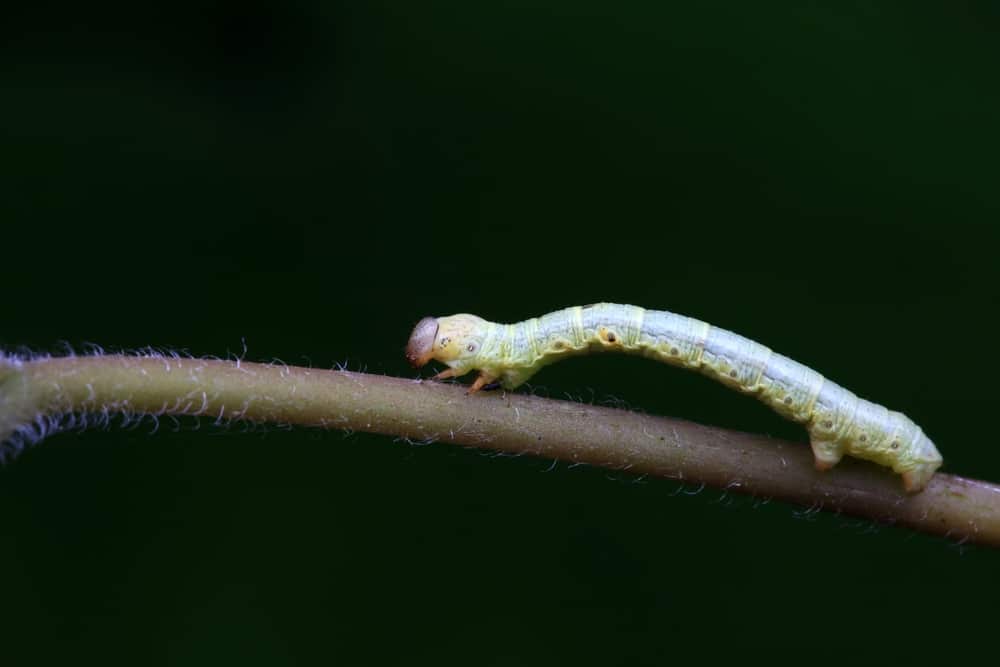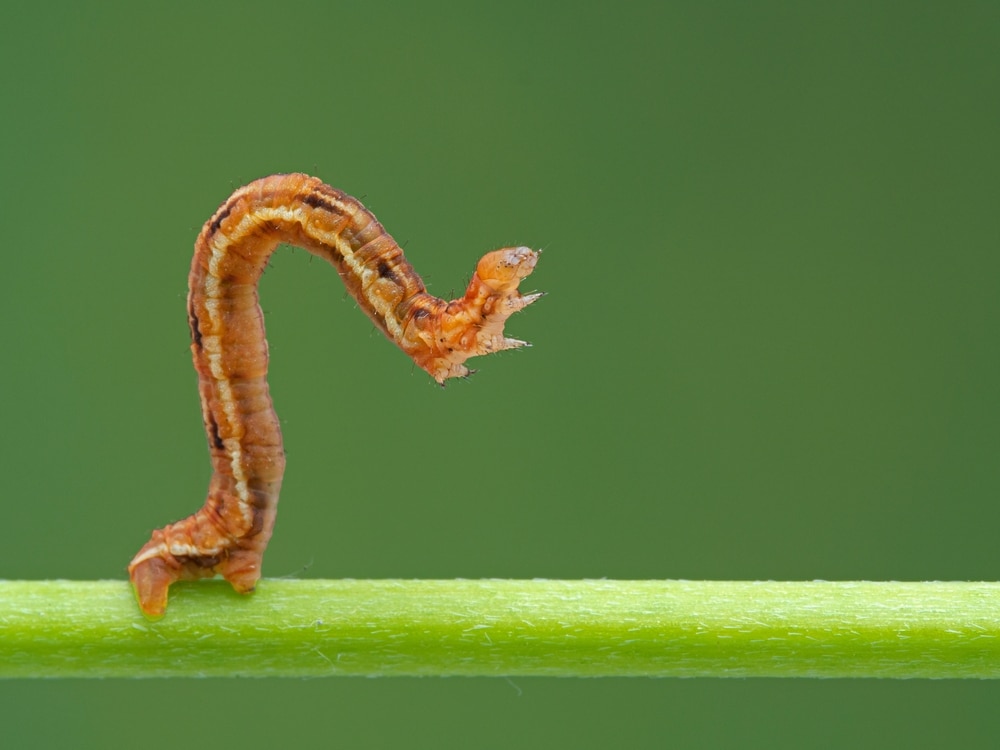An inchworm may sound like something gross, but you may not even realize what an inchworm is referring to in the insect world. Inchworms are just another word to describe a type of caterpillars that inch along slowly as their method of transportation. They are cute bugs, but ones that can harm your garden if you do not know how to contend with them.
However, on the subject of inchworms, we are here to tell you about their final form. Like the Pokemon your kids or grandchildren drone on about, an inchworm does turn into another bug. Let’s get acquainted with the little bugs first.
What Are Inchworms?
An inchworm is a class of caterpillars that get its name from its unique method of movement. These bugs draw themselves up because they have no middle legs and use their front legs to pull their bodies forward. It is a bizarre sight but a reminder that life finds a way.
The inchworm’s natural green color allows them to camouflage themselves effectively in other greenery. These insects can also defend themselves by freezing in place to resemble twigs.
Inchworms can be bad news for gardeners and farmers since they enjoy eating leafy greens. An inchworm infestation can cause havoc for those with a green thumb.
But, perhaps most interesting of all is that inchworms are essentially a form of moth larvae. Like the Very Hungry Caterpillar, made famous by the Eric Carle children’s book, an inchworm does plenty of eating before entering the next stage of its life as a moth.
What Happens When Inchworms Build a Cocoon?
It usually takes inchworms about two to four weeks to begin their evolutionary form. Following a period of intense eating that allows them to create the energy to build a cocoon, the inchworm will fall to the ground from trees or other plants and spin themselves into a new home.
At this point, the pupae form of the inchworm stays put, burying itself in the ground for several weeks or several months before emerging as a moth in the late fall and early winter months.
From here, the cycle starts again as the male moths–the only gender of moths that can fly–begin searching for a mate.
Once the male locates a mate, they will go through the mating process. The female moth will lay her eggs in small tree branches that should hatch in mid-spring. Again, the hatchlings will spend weeks eating before getting ready to fall to the ground and spin into a cocoon.
Conclusion
Inchworms seem to lead exciting lives, considering how quickly they go from caterpillars to pupae to moths in only a few months. Still, like other small bugs, they have to survive a relentless onslaught of hungry predators like birds and lizards.
With these caterpillars becoming moths in less than a year, it is a feat of nature that many of these insects survive past the egg stage. If you have a lot of moths in your lawn you may be wondering how to get rid of them.

